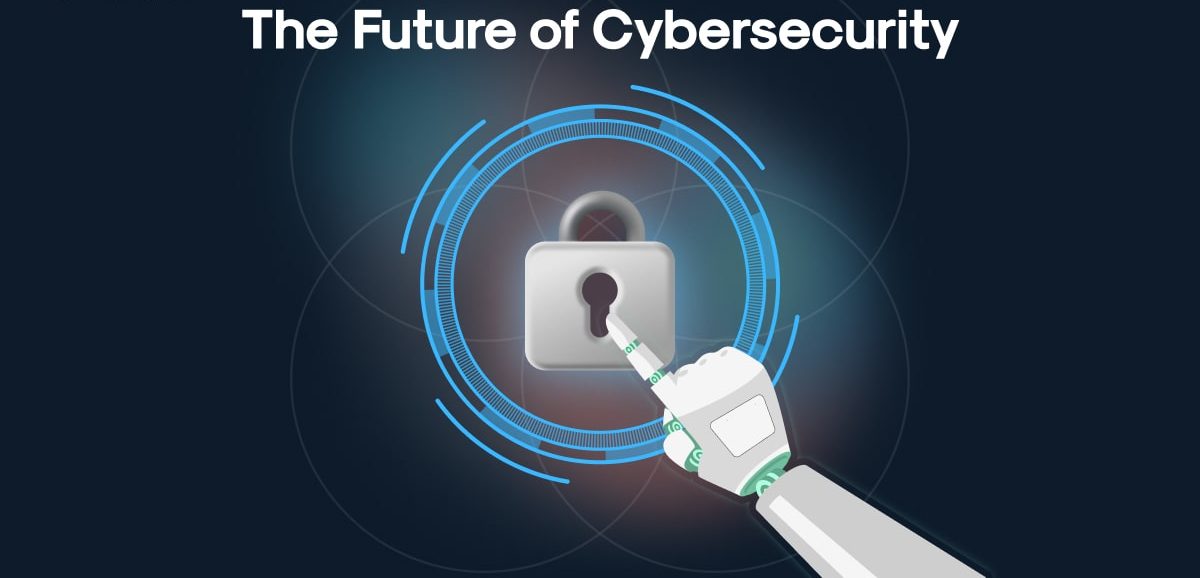Cybersecurity is poised at the forefront of global challenges, safeguarding digital assets, privacy, and infrastructure against evolving cyber threats. This article explores the trends, technologies, challenges, and strategies shaping the future of cybersecurity, emphasizing the critical role of innovation and collaboration in securing digital ecosystems.
Emerging Trends in Cybersecurity
- AI and Machine Learning: Integration of artificial intelligence (AI) and machine learning (ML) enhances threat detection, anomaly detection, and behavior analysis, enabling proactive cybersecurity measures and rapid response to cyber incidents.
- Zero Trust Architecture: Moving beyond perimeter-based security, Zero Trust Architecture (ZTA) adopts a trust-no-one approach, verifying identity and device integrity continuously to prevent unauthorized access and mitigate insider threats.
Technological Advancements
- Quantum-Safe Cryptography: As quantum computing advances, quantum-safe cryptography algorithms are being developed to withstand quantum attacks, ensuring long-term data protection and security resilience.
- Automation and Orchestration: Security automation streamlines incident response, threat hunting, and vulnerability management, leveraging automated workflows and orchestration to enhance operational efficiency and reduce response times.
Challenges in Cybersecurity
- Cyber Threat Landscape: Sophisticated cyber threats, including ransomware, phishing attacks, and supply chain vulnerabilities, evolve rapidly, necessitating adaptive security strategies and continuous threat intelligence.
- Skills Shortage: The cybersecurity skills gap persists, challenging organizations to recruit and retain qualified professionals proficient in threat detection, incident response, and cybersecurity best practices.
Strategies for Future Cyber Resilience
- Cybersecurity by Design: Embedding security into every stage of technology development and deployment ensures proactive threat mitigation and adherence to cybersecurity principles from inception to operation.
- Collaborative Defense: Public-private partnerships, information sharing platforms, and industry collaborations enhance collective defense capabilities, fostering rapid threat response and knowledge sharing across sectors.
Future Outlook
- IoT Security: Securing the Internet of Things (IoT) ecosystem, including smart devices and industrial IoT deployments, requires robust security measures, encryption protocols, and device lifecycle management strategies.
- Regulatory Compliance: Global regulatory frameworks, such as GDPR in Europe and CCPA in California, drive accountability, transparency, and data protection standards, influencing cybersecurity practices and organizational governance.
Conclusion
The future of cybersecurity demands continuous innovation, proactive strategies, and collaborative efforts to defend against evolving cyber threats and safeguard digital assets. By integrating advanced technologies, fostering cybersecurity awareness, and embracing agile security practices, organizations can strengthen cyber resilience, protect sensitive data, and build trust in digital interactions. As cybersecurity evolves, addressing challenges, investing in cyber education, and prioritizing cybersecurity resilience will be instrumental in navigating the complex cybersecurity landscape and ensuring a secure digital future for businesses and individuals alike.

